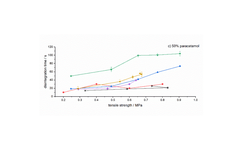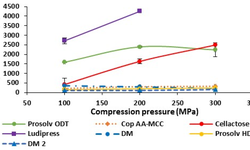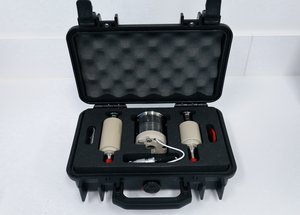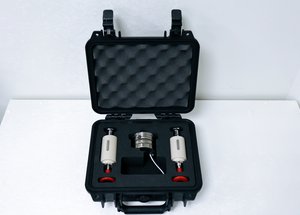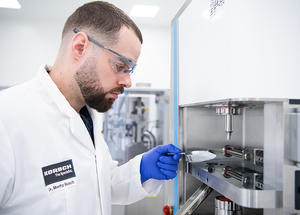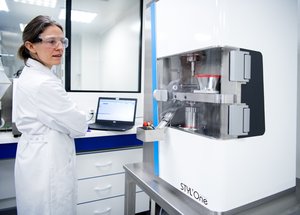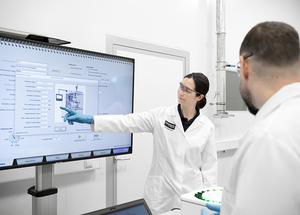Scientific papers
With the emergence of continuous manufacturing, there has been a growing interest in the pharmaceutical industry regarding twin-screw melt granulation as a technique for co-processing excipients and developing innovative formulations. Twin-screw melt granulation relies on the heat and shear generated by the viscous and frictional heat dissipation from rotating screws. This study aims to investigate the application of twin-screw melt granulation for co-processing excipients to create a novel multifunctional excipient that enhances the tabletability of mannitol. The primary variables under examination include binder level, barrel temperature, and screw speed.
The findings reveal that binder level (p < .05) exerts the most significant influence on granule tabletability and the percentage of fines produced during granulation. Twin-screw melt granulation effectively co-processed mannitol and hydroxypropylcellulose (HPC), resulting in a notable enhancement in the tabletability of mannitol at both 5% and 10% HPC levels. A 10% binder level was identified as the optimal level for a robust granulation process, while 5% was deemed feasible based on tensile strength. Increased barrel temperature and screw speed contributed to the production of stronger granules, with optimal processing conditions observed at a barrel temperature of 150 °C and a screw speed of 300 rpm.
Furthermore, the tabletability of granules was assessed for two distinct particle size fractions at the 10% HPC level. Fines (<150 μm) exhibited excellent tabletability, surpassing the target tensile strength of 2 MPa for all compressed tablets.
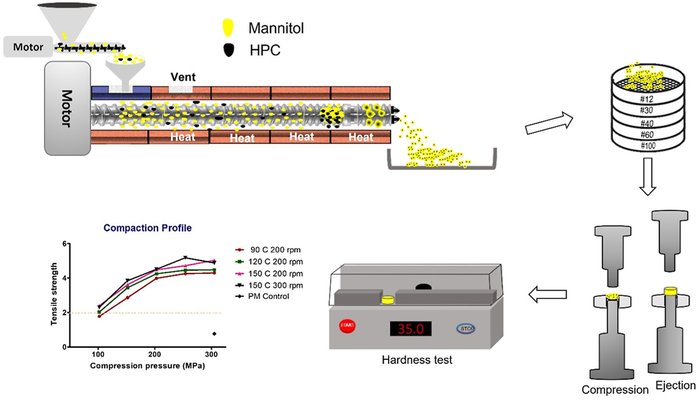
Comments
No comments posted yet.
Add a comment

